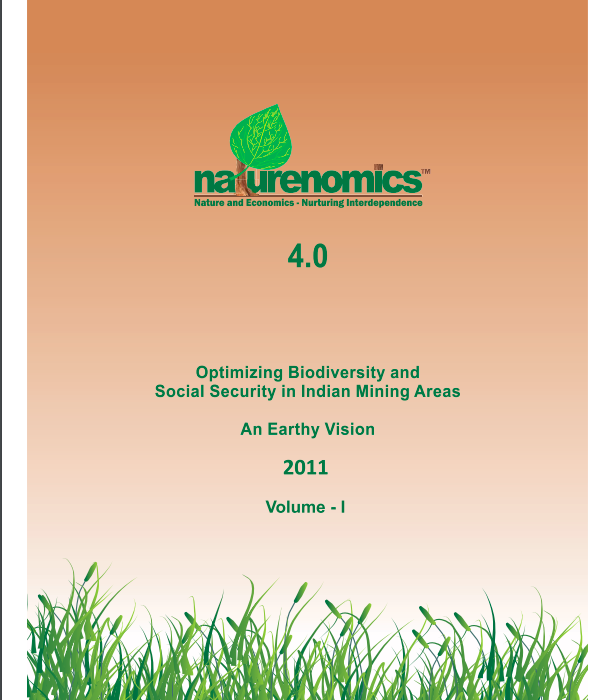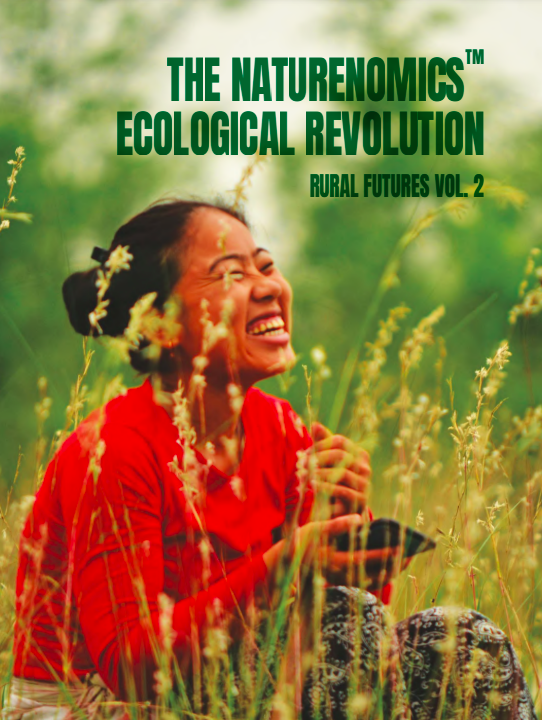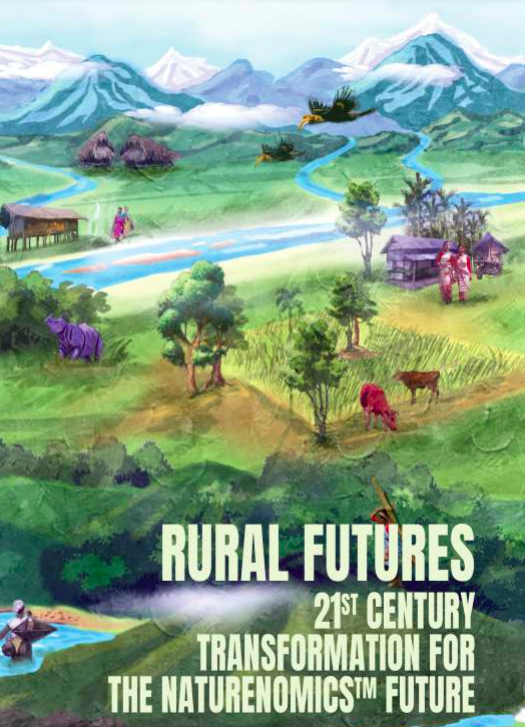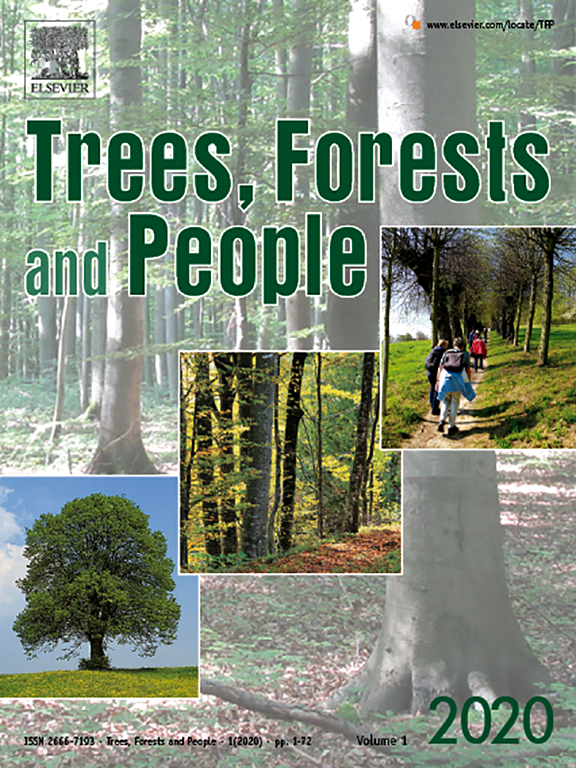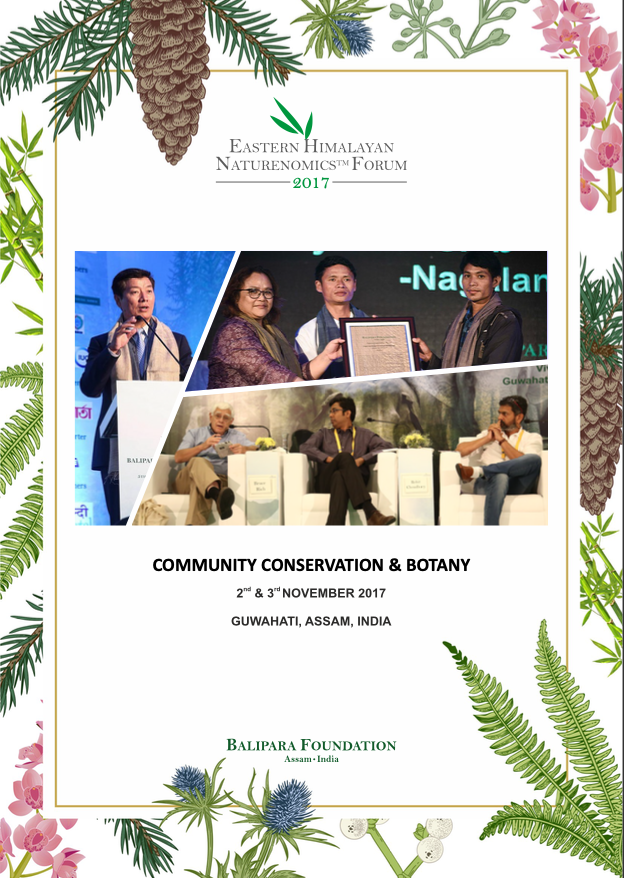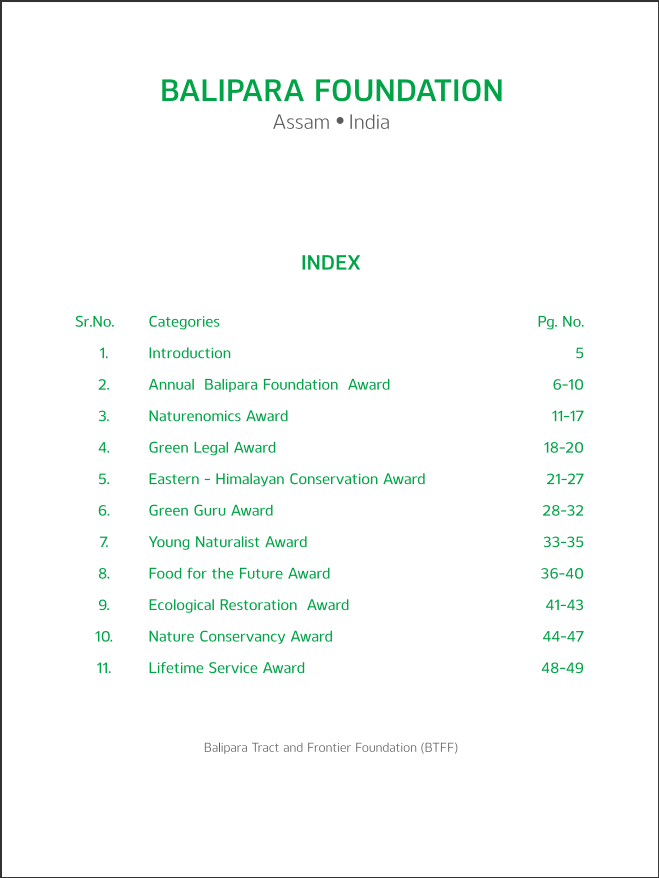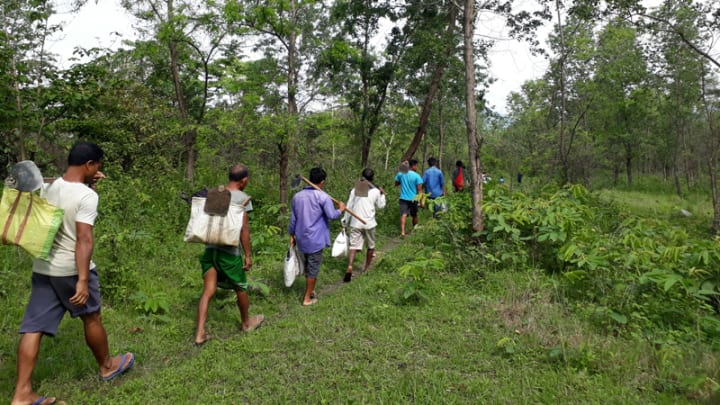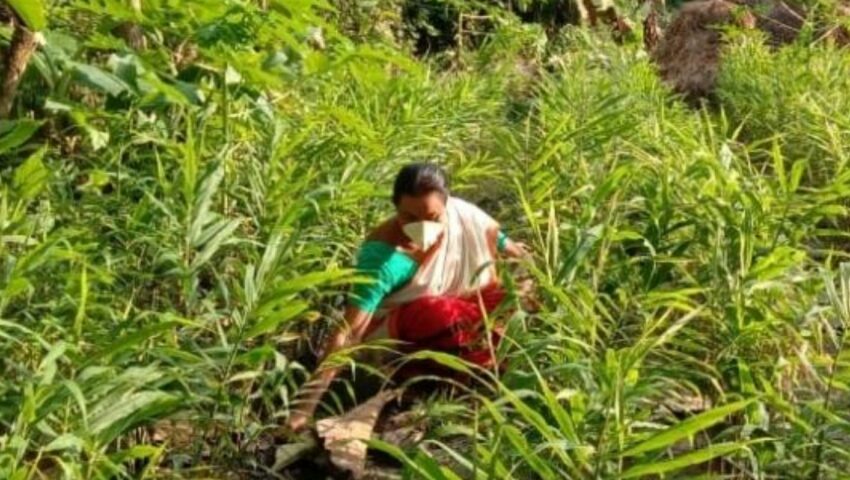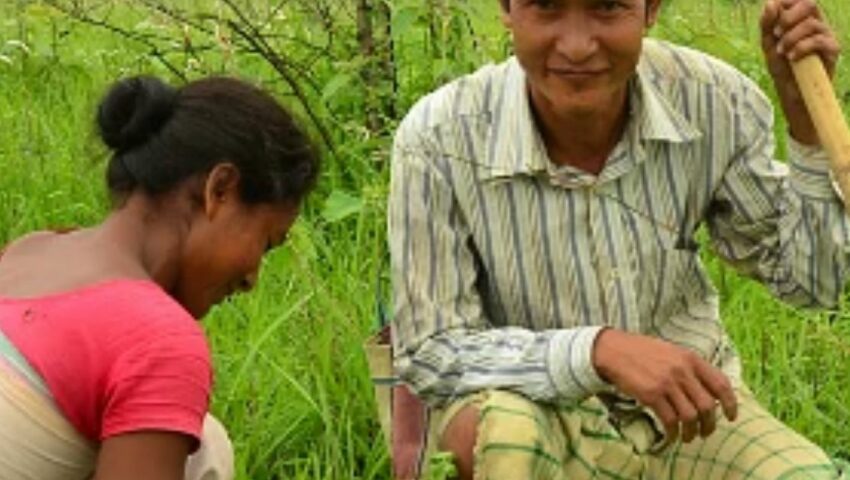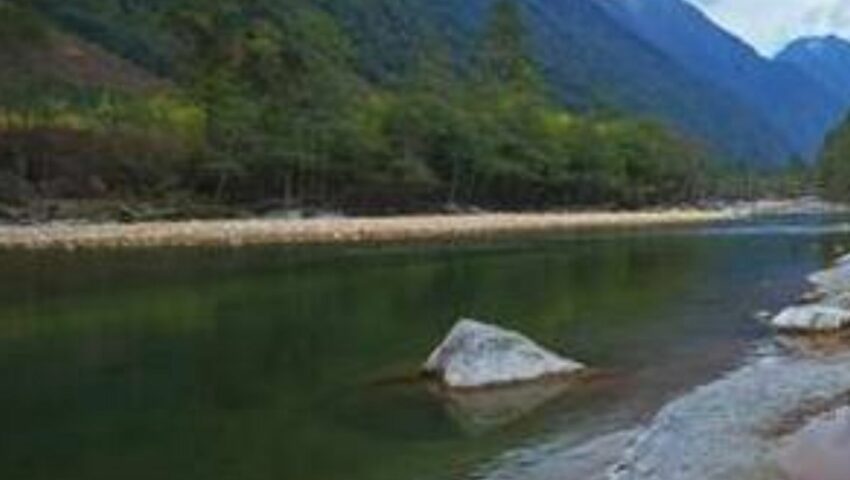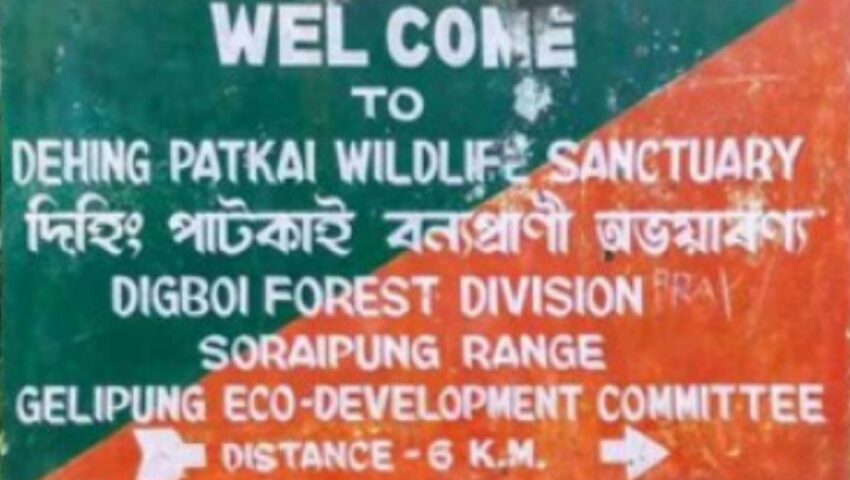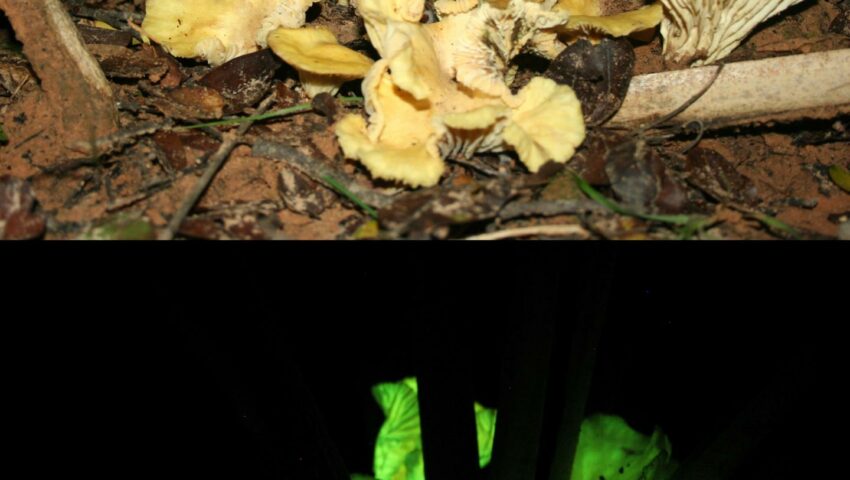The Eastern Himalays lie at the hart of a paradox of our global economy today: the world’s richest natural capital nations, are often amongst its poorest. Some economists call the paradox the resource curse.
This volume of The Himalayan explores the needs for the future: the success stories of the Eastern Himlayas that need to be built on, the traditional knowledge and community practices that could transform how we manage our natural assets, the threats and the risks that lie ahead and the most critical needs for policy, people and biodiversity in the coming decade.
The Eastern Himalayan region is inhabited by a large number of ethnic communities who share an independent relationship with her abundant biodiversity in the region. This handbook is a compilation of the commonly used plants for traditional medicines, food and culture by some of the ethnic communities of the Eastern Himalayas – Adivasi, Assamese, Bodo, Garo, Mishing, Nepali and Nyishi.
This series explores alternate approaches to development highlighting the relationship between ecology and the economy. This compilation is an attempt to pay homage to, and highlight several key challenges involving water, and more importantly addressing these.
Naturenomics™ 6.0
Naturenomics™-6.0 dedicated toThe unique & evergreen forests, The endemic & enchanting biodiversity, The pristine rivers & water bodies, The culturally diverse communities, And to the crusaders of the eastern himalayas, Who are interdependently working towards a secure future.
This series explores alternate approaches to development highlighting the relationship between ecology and the economy. This compilation is an attempt to pay homage to, and highlight several key challenges involving water, and more importantly addressing these.
Mining in biodiversity rich,culturally diverse areas in India leads to large landscape level changes and affects local communities and their livelihood in many complex ways. Naturenomics 4.0-Vol II focuses on ecological and biodiversity around mining.
Mining in biodiversity rich,culturally diverse areas in India leads to large landscape level changes and affects local communities and their livelihood in many complex ways. Naturenomics 4.0-Vol I focuses on social security issues around mining.
Naturenomics™ 3.0 is made up of case studies, our real-time experiences in delivering Naturenomics , together with propositions for practical implementation, where case studies do not yet exist. In this way we are able to illustrate what it would mean for all sectors of industry TM to embrace Naturenomics and what they can achieve economically by putting it into practice.
Naturenomics™ 2.0 reflects the progress we have made and the developments undertaken with the Naturenomics™ model, proposing a stronger link between ecological competitiveness and economic sustainability. In it we promote our inherent belief that to ‘trust in ecology is to trust in future’

The success of Kaziranga is a tribute to the people of Assam who have shown that as we mould the planet to suit our needs, we can also set aside spaces for the myriad creatures with whom we share our fragile world. As we celebrate National Wildlife Week, We take pleasure in placing in your hands, The Kaziranga Inheritance , a book that is the labour of a love, a shared concern for the environment that has been the hallmark of both Bittu Sahgal and Ranjit Barthakur, crusaders for nature.
A tiny virus has brought the global economy to a standstill, revealing the cracks in the neoliberal economic agenda of the past four decades.We are living on borrowed time, imperilling not only our children – but our own futures. The time to rethink how we use our natural capital is here: we have to take the leap forward to create the Naturenomics™ civilization.
Through the ages we have used nature’s capital to surge economic growth. This use, overuse and misuse have eventually led us on the verge of destruction. However, instead of focusing on the conflict we envision an emerging interdependence between nature and economics which we call Naturenomics™
Journal name – Plants and Environment
Journal name – Plants and Environment
Journal – Bangladesh Association of Plant Taxonomists
Journal of Advanced Plant Sciences
The first edition of the Naturenomics™-Digital-Dialogues-Ushering in the ecological revolution during the ongoing COVID-19 crisis ,explored how we can rethink our use of natural capital, to start a revolution to put ecology back in economy- the Naturenomics™ vision.
2019-20 has been another phenomenal year for Balipara Foundation. As we enter our 2020 vision ,this report reflects on the year gone by and we are humbled by the broadened engagement with our local communities in the Eastern Himalayas with the principles of Naturenomics™ and Rural Futures, the journey has been of constantly seeking to explore innovative conservation models towards uplifting socio-economic mobility and creating natural assets in the forest-fringe communities of the Eastern Himalayas
An interdisciplinary platform bringing together communities , academicians, conservationists to foster knowledge sharing , for future collaborative efforts on community-led conservation.
Our progress and impact report attempts to highlight our initiatives and efforts in the year 2018 and we look forward to working with you all in creating meaningful programmes over the next few years.
Eastern Himalayan Naturenomics™ Forum 2017 is a candid assessment of the progress on the resolutions of 2016 wherein the most significant achievement from last year’s discussions has been the evolution of the framework of Rural Futures.An insight into how two side have emerged to the human being through evolution – the economic side and the ecological side.
With utmost commitment and kindness the following organizations believe that the world’s resources need to be preserved, and have taken concrete steps to put these beliefs into action.
We broadened the scope of the conversation through the theme for 2016 “Moving away from single species conservation to focus on the larger drivers of conservation”. Here are some of the highlights from 2016.
This booklet was specially compiled to capture the spirit of Balipara Foundation & two key events – ‘Elephant Talk: Asian Elephants in the Wild’ and the ‘Balipara Foundation Awards 2014’. Designed and compiled by Balipara Foundation.
We look back at 2020, amidst a one-of-a-kind experience as we live and breathe through a pandemic, the Foundation along with the forest-fringe communities, have not missed a beat in realizing our conservation vision – to keep our Eastern Himalayas a place where nature and people thrive together, restoring habitats and creating natural assets through plantation programmes.
As we step ahead towards our vision and endeavors in shaping a Naturenomics Civilization,we are happy to share stories about some early wins in our projects and successful initiatives and the key highlights of the year 2019
Through the ages we have used nature’s capital to surge economic growth. This use, overuse and misuse have eventually led us on the verge of destruction. However, instead of focusing on the conflict we envision an emerging interdependence between nature and economics which we call Naturenomics™
Telling Nature’s story through compelling & thought-provoking narratives through a compilation of Videos from Eastern Himalayan Naturenomics™ Forum, 2017.
Highlight reports from the elephant conference with digital objectives for the conference.
The protection of the Eastern Himalayas relies not on the competition between communities and the natural world, but by their co-operation. The Balipara Foundation’s Saurav Malhotra,Joanna Dawson and Ranjit Barthakur explain how
Forests manage natural processes, but they are also frontline buffers against disease outbreaks. on international day of forests, the need to rethink how we study and manage our forests has never been greater.
Sustainable development goals can only be realized when the ground reality unfolds in tandem to the utopian policies deployed by subject matter experts.In today’s day and age, there is a dire need for business to transition into a nature-positive future.
Ranjit Barthakur is the founder of the Balipara Foundation, which drives community-based conservation and livelihoods in the Eastern Himalayas through cutting edge proprietary concepts such as ‘Naturenomics™’ and ‘Rural Futures’ for sustainable social change and thriving habitats.
Founded by Prabir Banerjea and Ranjit Barthakur in 2007, Balipara Foundation is preserving the natural habitats in the eastern Himalayas by engaging local communities in activities like afforestation and agroforestry.
The Assam-based Balipara Foundation said the way to go forward in the Eastern Himalayas was synergising nature conservation and development with a focus on upward socio-economic mobility through habitat restoration and other ecosystem services in forest-fringe communities.
A new species of bioluminescent fungus from the bamboo forests of Meghalaya has been described based on morphological and molecular data. It is the first distributional record of the genus Roridomyces in India.
The first quarter of 2020 ushered in an economic crisis second only to the Great Depression. This is no ordinary crisis, but an ecological crisis of deforestation and wildlife-human virus transmission that has spiralled out of control into an economic crisis.
Change Metre: A conservation effort started in 2005 has transformed a swathe of almost barren land into a biodiversity hotspot in the eastern Himalayas, providing jobs to fringe forest communities and raising environmental awareness.

